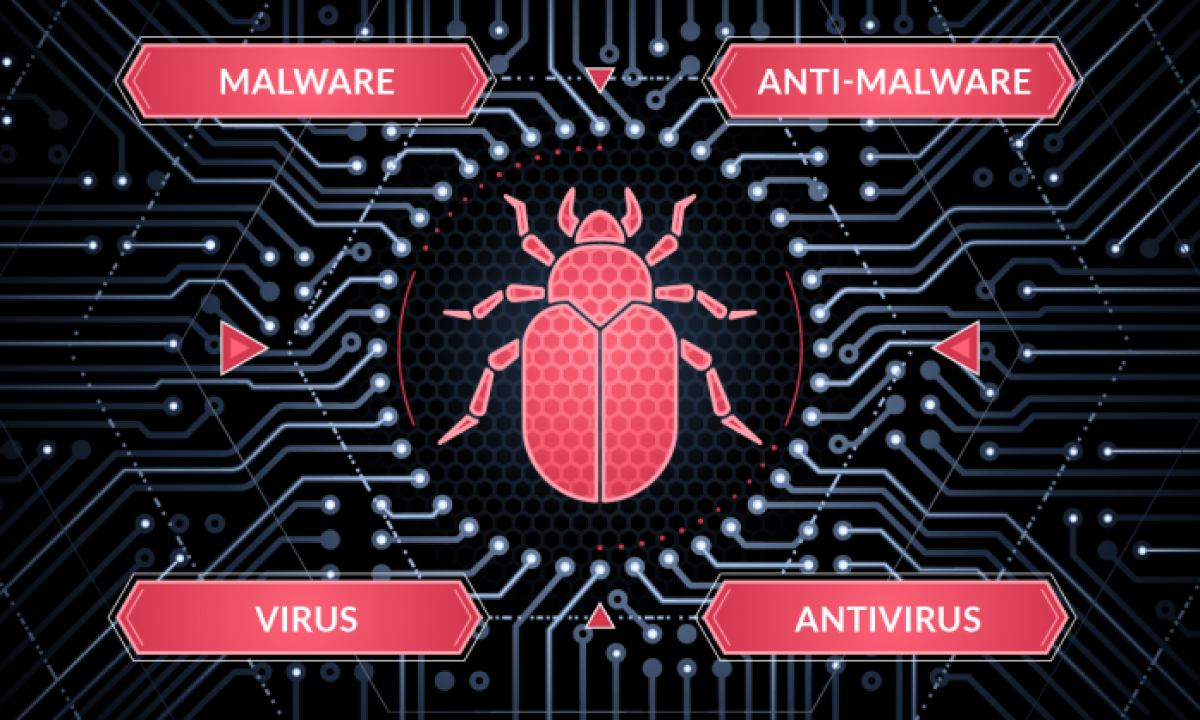Anti-Malware Different from Antivirus

Anti-malware and antivirus software are both designed to protect computer systems, networks, and devices from malicious software or malware threats. While there is some overlap between the two types of software, they have distinct differences in terms of focus, functionality, and scope of protection. Here's how anti-malware differs from antivirus:
-
Scope of Protection:
- Anti-Malware: Anti-malware software is designed to protect against a broader range of malicious software or malware threats, including viruses, worms, Trojans, spyware, adware, ransomware, rootkits, and other types of malware. Anti-malware solutions often employ multiple detection and prevention techniques to detect and block various forms of malware, regardless of their specific characteristics or behaviors.
- Antivirus: Antivirus software primarily focuses on detecting and removing viruses, which are a specific type of malware that infects and replicates by attaching themselves to other files or programs. While antivirus software may also provide some protection against other types of malware, its primary function is to identify and eliminate virus infections from computer systems and files.
-
Detection Techniques:
- Anti-Malware: Anti-malware software typically employs a combination of detection techniques, including signature-based detection, heuristic analysis, behavioral analysis, and real-time protection mechanisms. These techniques help detect and block both known and unknown malware threats by analyzing file attributes, code behavior, system activities, and network traffic patterns.
- Antivirus: Antivirus software primarily relies on signature-based detection to identify known virus signatures or patterns within files, programs, or memory. Antivirus solutions maintain a database of virus signatures and compare scanned files against this database to detect and remove known virus infections. While some antivirus software may incorporate additional detection techniques, signature-based detection remains a core component of antivirus protection.
-
Prevention and Remediation:
- Anti-Malware: Anti-malware software not only detects and removes malware infections but also provides proactive protection to prevent malware from infiltrating or compromising the system. Anti-malware solutions offer real-time protection, automatic updates, scanning and removal capabilities, quarantine and remediation features, and other security measures to safeguard against malware threats and mitigate the impact of malware attacks.
- Antivirus: Antivirus software focuses primarily on detecting and removing virus infections from infected files or programs. While antivirus solutions may offer some additional features such as real-time protection and automatic updates, their primary goal is to identify and eliminate virus threats after they have already infected the system.
-
Name and Marketing:
- Anti-Malware: Anti-malware software is marketed under the term "anti-malware" to emphasize its broader scope of protection against various types of malicious software or malware threats. Anti-malware vendors may use this term to differentiate their products from traditional antivirus solutions and highlight their capabilities in detecting and blocking a wide range of malware threats.
- Antivirus: Antivirus software is marketed specifically as "antivirus" to emphasize its focus on detecting and removing viruses. While antivirus solutions may offer some level of protection against other types of malware, their name and branding reflect their historical emphasis on combating virus infections.
Overall, while there is some overlap between anti-malware and antivirus software, they have distinct differences in terms of scope of protection, detection techniques, prevention and remediation capabilities, and marketing focus. Both types of software play important roles in defending against malware threats and safeguarding computer systems, networks, and devices from cyber attacks.
Thank you,
